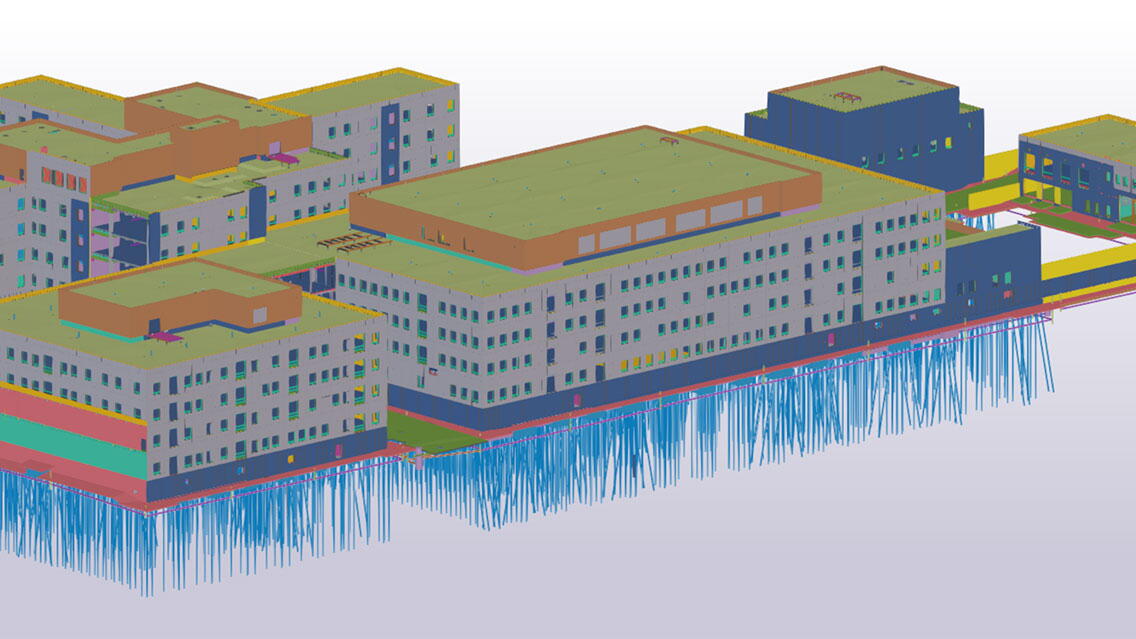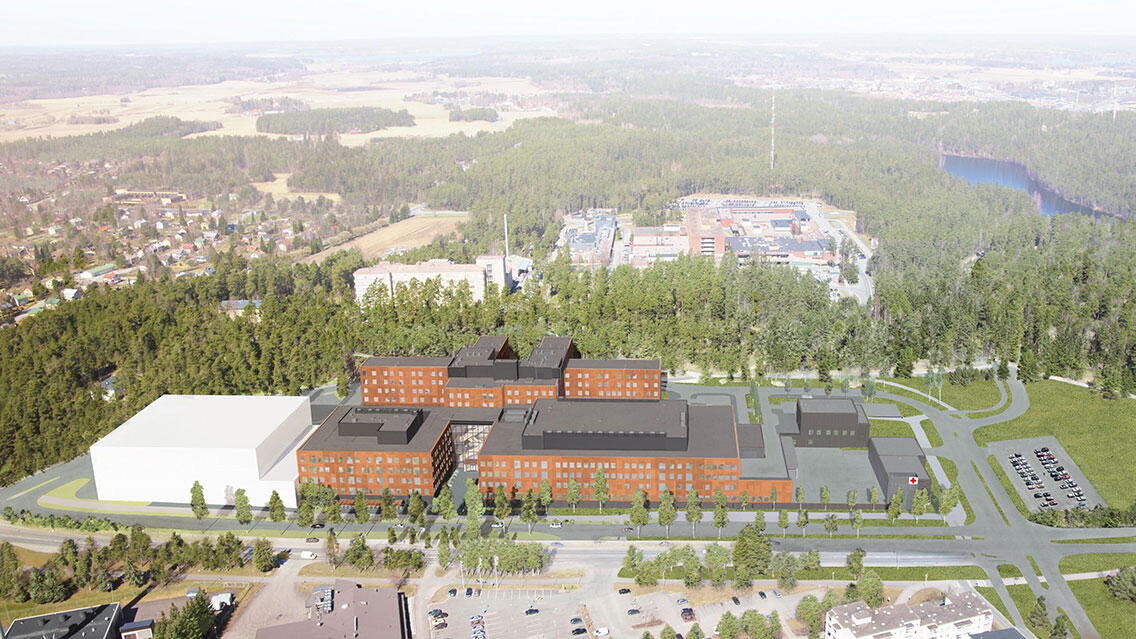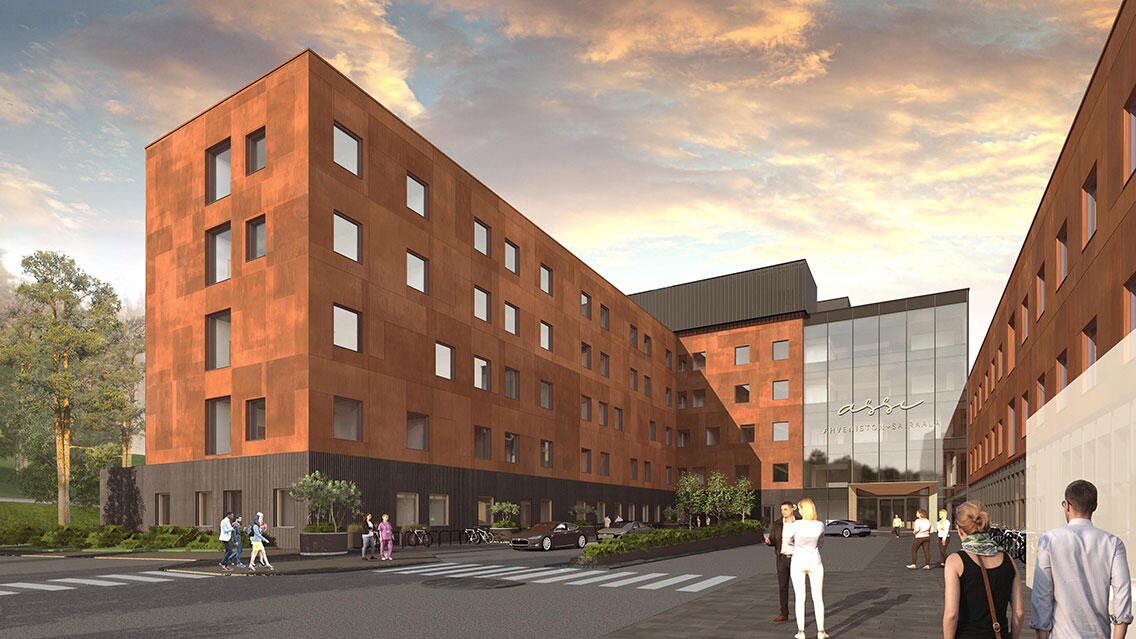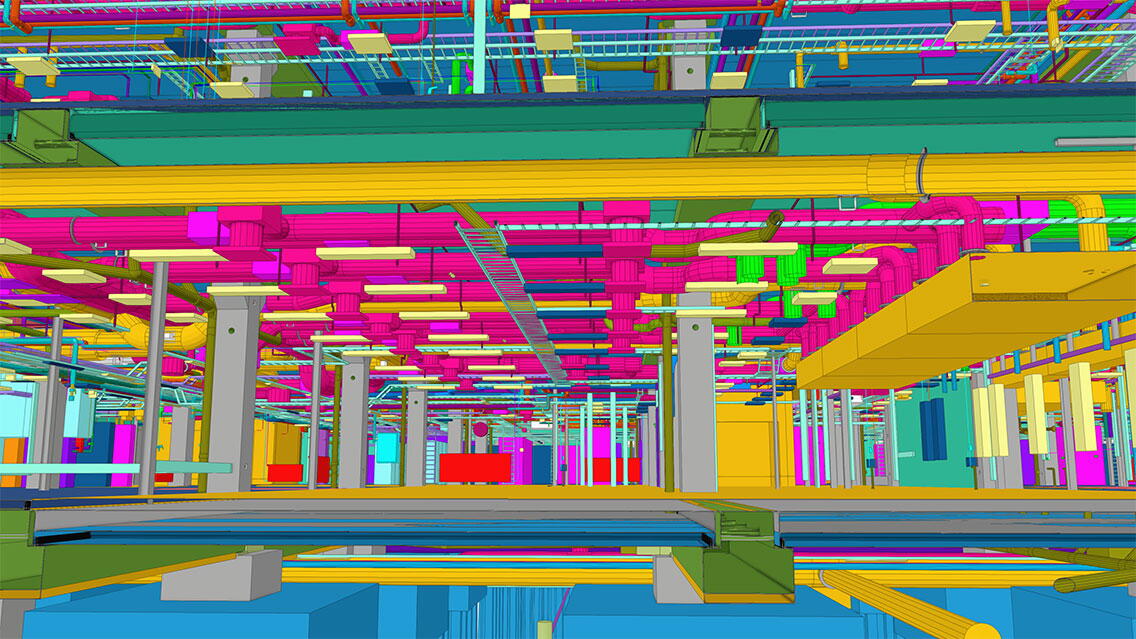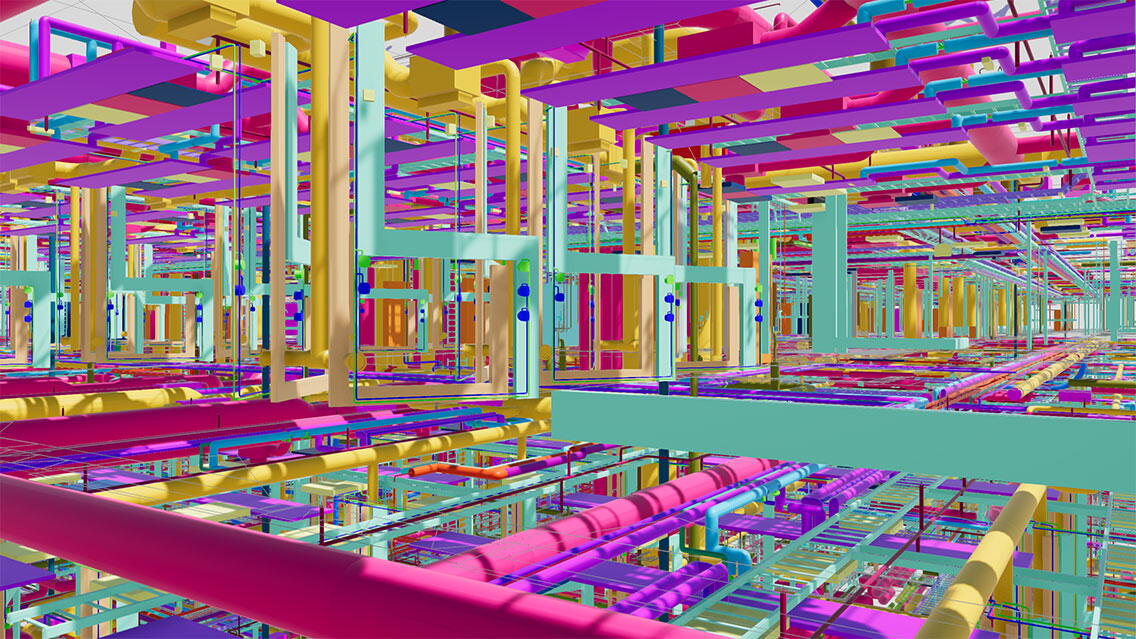Construction of the new Ahvenisto Hospital took place because the main building of the Kanta-Häme Central Hospital, completed in 1979, would not have met the current needs of care professionals, even after renovation. The new building, which is more than 30 000 m2 smaller than the current premises, is a significant leap in development, enabling higher levels of productivity through adequate sizing according to service and technological needs. The new premises also enable more customer-oriented care chains.
The building will spare patients and staff from heavy and costly years in temporary accommodation, as the hospital can continue to operate smoothly throughout the construction project.
During the development phase of the Alliance, which started in 2018, the focus was on the customer perspective. Representatives of customers, patient organizations, and children were invited to participate in working groups. The implementation phase and construction began in 2021. The hospital is scheduled for completion in 2025 and occupancy in 2026.
Skanska Talonrakennus Oy is one of the alliance partners of the project. The company is the main contractor and is responsible for BIM coordination. With a budget of more than 350 million euros and 75 900 brm2, the project comprises almost 300 data models and more than 13 600 elements.
The project was designed and the plans were coordinated based on building information modeling
The design process was collaborative, and the building information models played an important role in finding the best solution and outlining the plans. Models from the design disciplines were widely used as reference material in various software applications. In design meetings and big room workshops, the building information model played an essential role in the day-to-day work. The models can be used to identify and visualize potential problem areas and to develop designs efficiently.
In the communication between planning disciplines, models and their findings are utilized as part of the daily work. The observations are stored in BCF format in the BIMcollab service. This approach allows real-time commenting and review of observations in planning software. It is almost impossible to coordinate the complex technology of a hospital without the tools and applications provided by building information modeling.
Comprehensive use of models for procurement and work planning
Procurement content is linked to the quantities in the data models, and supplier information is actively imported to the data content of the models. Quantity calculation and cost estimation are largely based on the quantities available from the model. The data content of the models has been enriched through Trimble Connect and extensive input of actual data. This allows a clear visualization of the production situation for everyone. The design and production status of the elements has also been comprehensively visualized. The Trimble Connect project has almost 250 model users. In addition, the project has numerous users who use the models on other platforms, for example, in design applications.
Sweco SmartDrawings ™ was integrated into the project's construction plans. A QR code was added to each plan document, leading to 3D modeling on the SmartDrawings ™ platform.
Drone flights and photography are carried out almost weekly. The imagery is used as the basis for site planning and is used to produce photogrammetric surface models, which are placed in the project coordinate system and imported to Trimble Connect to be used in planning the work in addition to other data. The surface modeling and drone imagery will also provide clear and unambiguous communication about the situation on-site, particularly during the foundation and frame erection phases.
To support the work design and to visualize the progress of the production of the facilities, the main contractor modeled the takt zone using SketchUp based on the architect's spatial areas. SketchUp was used in size planning and modeling of the tower crane.
Encouraging extensive and innovative use of building information models onsite
The Alliance has organized free Trimble Connect training sessions to lower the threshold for using building information models. The Trimble Connect AR application has been experimented with an open mind, and its potential uses are being explored diligently. The models and selected design documents are automatically updated to Trimble Connect through interfaces. The project also provides a platform for contractors to view and use the models in a variety of tools, both in the office and on-site. A particularly popular and efficient way of working has been the simultaneous viewing of DWG plans and data models.
The goal is a paperless worksite. The design does not produce any traditional hole and reservation drawings, but the coordination of the reservations is carried out entirely on the basis of the model. In the implementation stage, the location and dimensional information of holes and reservations are retrieved directly from the IFC models.
The quantity data from the model was used to support the visualization and for presenting results.
Project parties:
Main contractor and BIM coordination: Skanska Talonrakennus Oy
Structural and building services engineer: Sweco Finland Oy
Main and architectural design: Joint venture Team Integrated:
AW2 Architects
Harris and Kjisik Architects
Gortemaker Algra Feenstra
Sweco Finland Oy
Client: The Wellbeing services county of Kanta-Häme
Medical equipment designer: Granlund Oy
Back-up power generator/stand-by generator/reserve generator/reserve power system engineer and supplier: AvescoCat
District heating/cooling designer and supplier: Loimua Oy
Vertical shaft element designer and supplier: Moduls Oy
Steel structure designer and supplier: Nordec Oy
Surveying work: Maavakio Oy

